Rouen
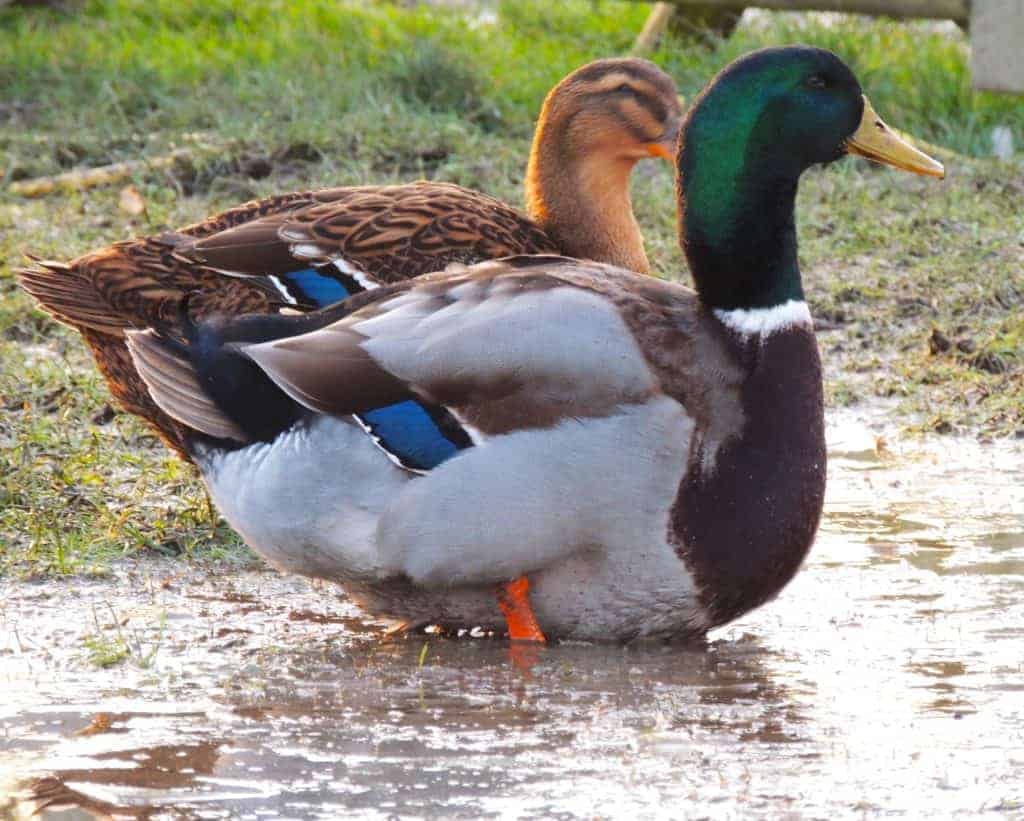
The Mallard pattern is very clear. The Rouen’s genotype is wild-colour, critically M+/M+ Li+/Li+.
Two additional colours are presently standardised – the Blue and the Apricot. These colours are the same as the Blue Mallard and Apricot Mallard Call Ducks.
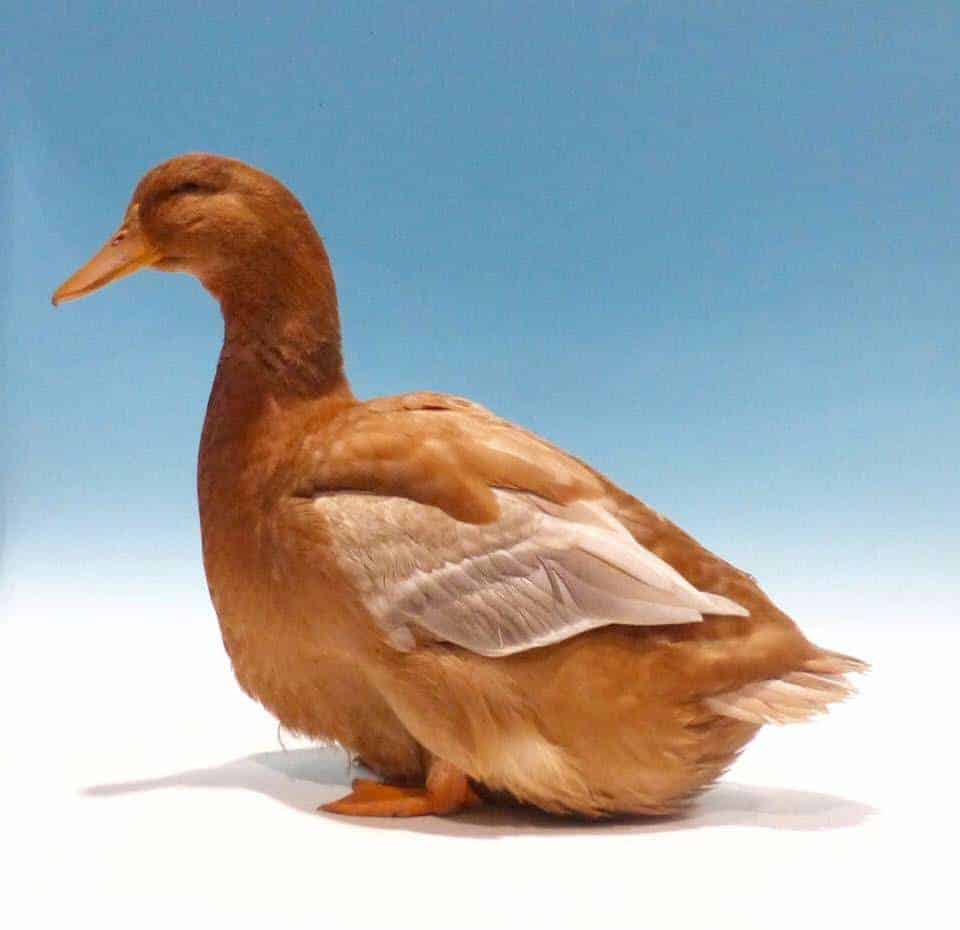
The Apricot Rouen is wild colour with double blue dilution (Bl/Bl).
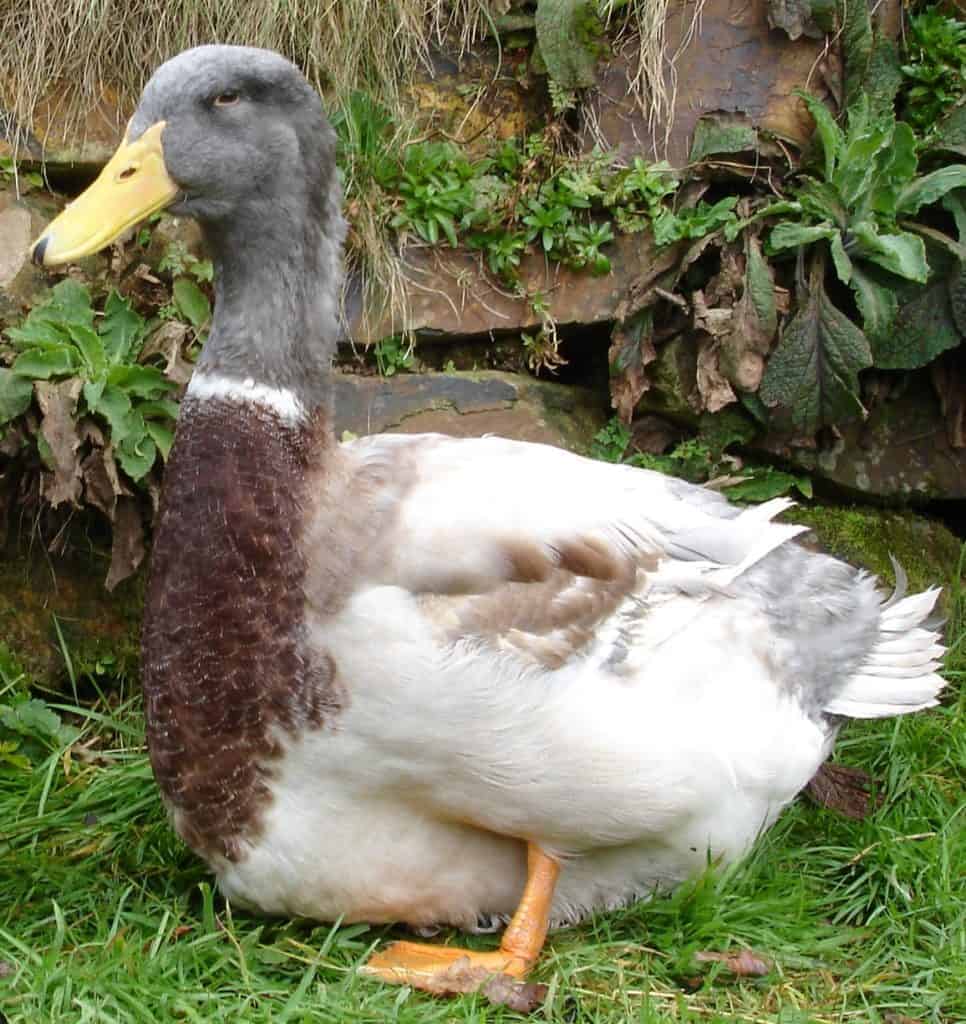
Heavy duck breed
Domesticated Mallard Anas platyrhynchos
The Rouen Duck is originally from France where they were used as a meat bird. They take 2 years to reach their full size of nearly 6 kg, so because of this, they are now used more for showing. The Rouen Duck is a very large, imposing breed, with the females being brown with very dark brown to black pencilling on the outside of the feathers. The drake has a green head, claret bib and grey body.
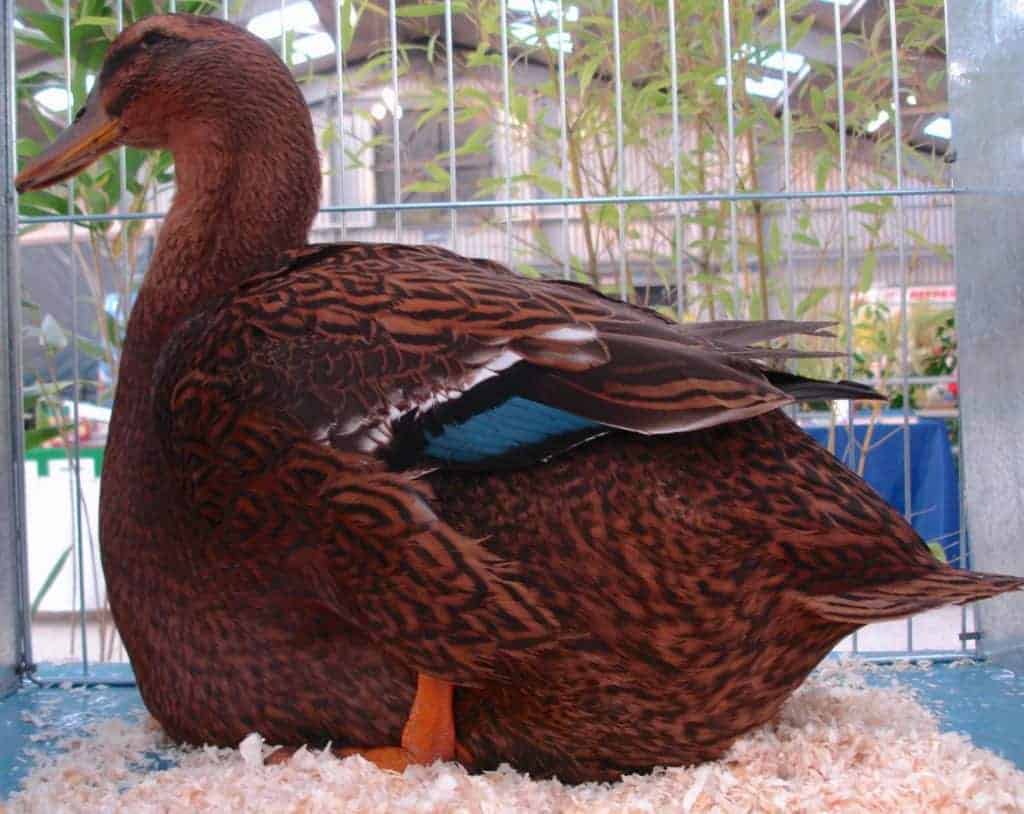
The Blue Rouen is wild-colour with a single blue dilution (Bl/bl+).
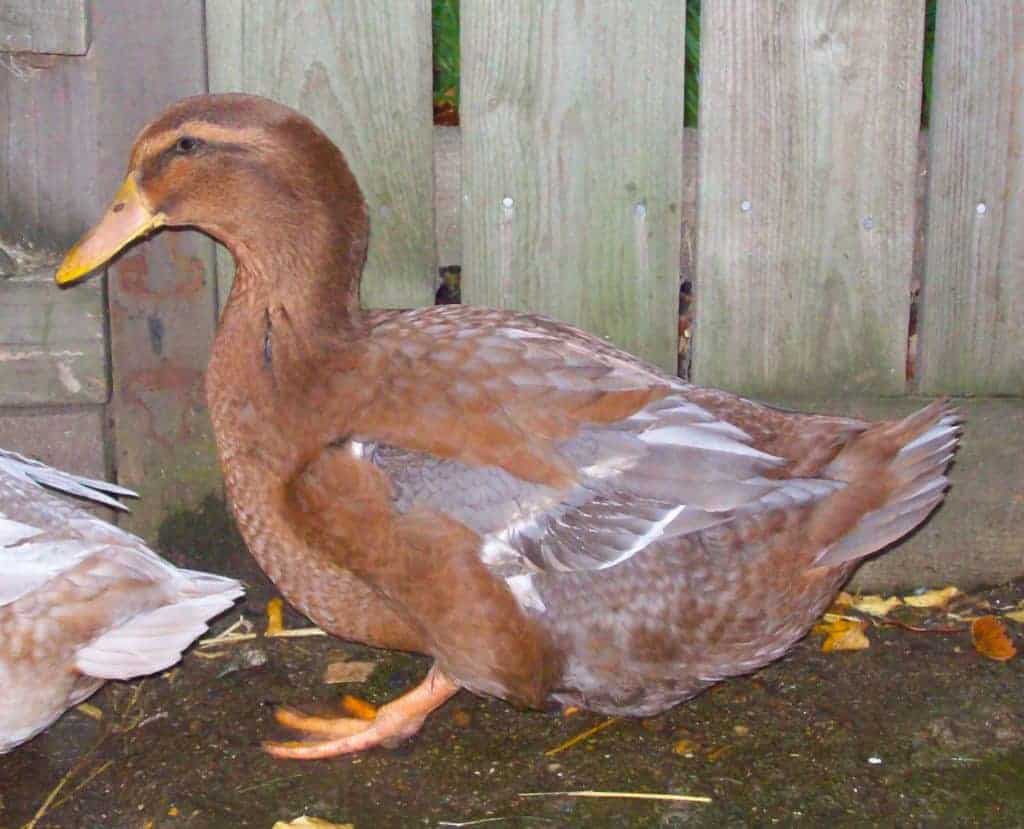
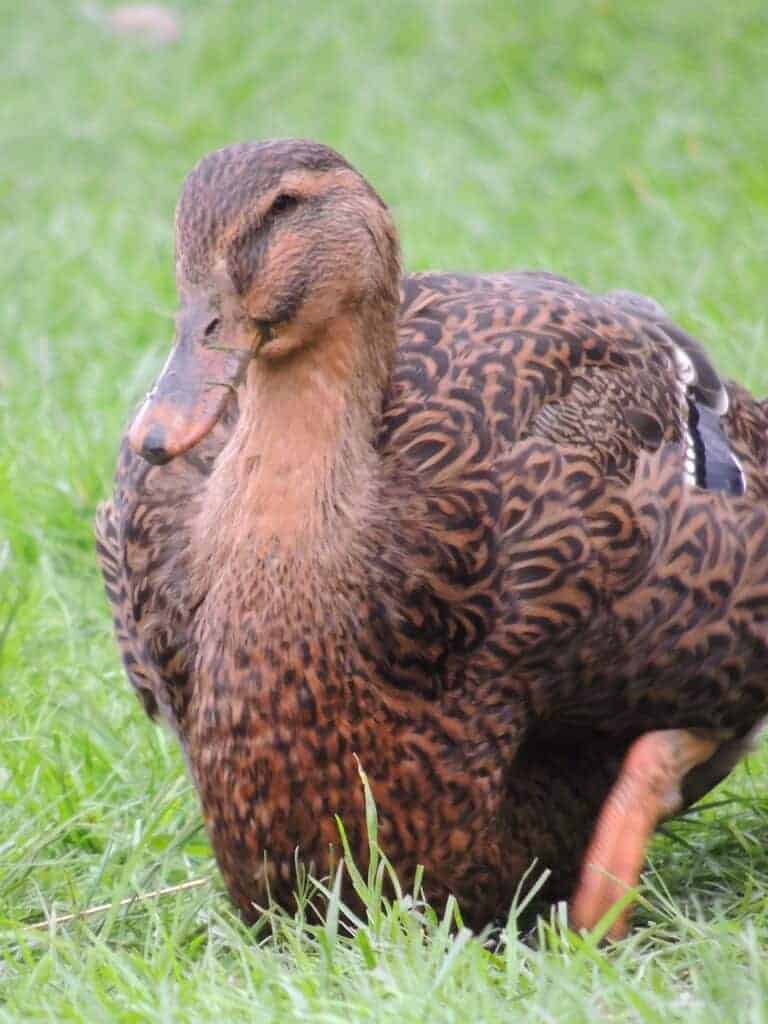
Exhibition females don’t produce a huge number of eggs, laying between 100-150 eggs per year. They are a docile breed and tame reasonably easily. Because of their size, they cannot fly.
Share this page